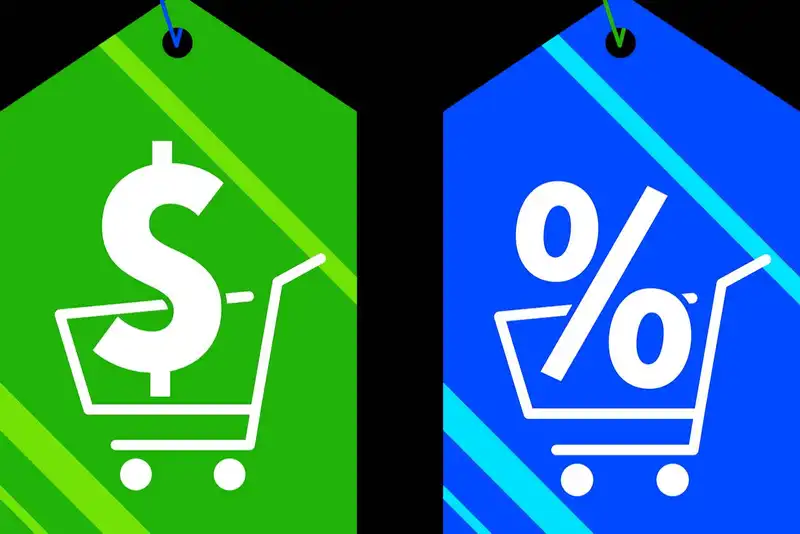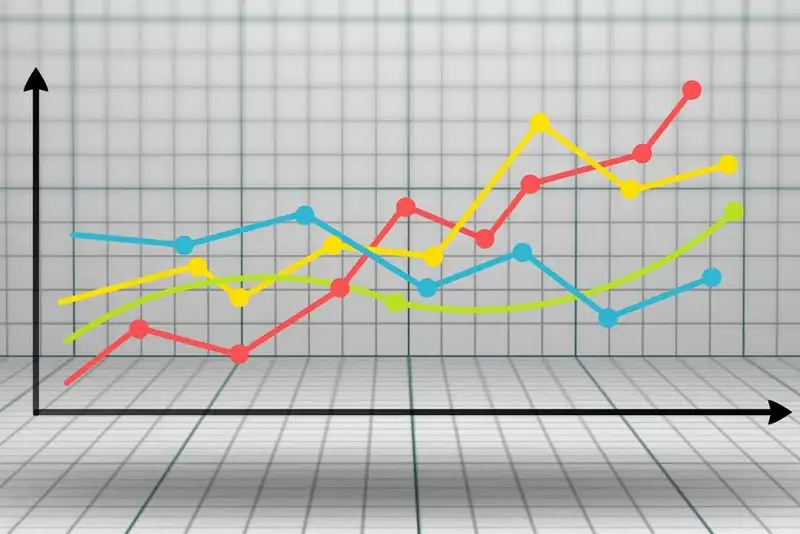Price Elasticity's Impact on the Restaurant Industry

What is Price Elasticity and How Does it Work?

Elasticity refers to price increase or decrease based on quantity demanded and other variable factors. Price elasticity is used to asses continued consumer demand after a price change.
How Elasticity Works
Price elasticity is linked to total revenue and has an impact on the pricing strategy of a restaurant. If the elasticity value is more than 1.0, it means that a price change has affected demand for the product or service.
When a value falls under 1.0 that represents an inelastic price. This means the demand for the product is not affected by price changes.
If elasticity is a zero amount it won't change at any price point. This is referred to as "perfectly inelastic" which is not a measurable standard for restaurant operations.
The way restaurant managers and owners use elasticity as a concept is to measure responsiveness of quantity demanded for products in relation to price changes.
If the quantity demanded for the product is changed in a dramatic way after a price change, the product is considered elastic. A product is referred to as inelastic when no major changes are evident after a price increase or decrease.
Key Takeaways:
Types of Price Elasticity
Demand elasticity- how demand reacts to the changes of a variable. Whenever there's a changing factor of a good and service, it creates a shift for the quantity demanded of that product. If the change is based on the price of a good or service, its known as price elasticity of demand. Cross elasticity and income elasticity are the other main types of demand elasticity.
Income elasticity- when all other variables remain constant except the income of consumers who supply demand to a certain good. The formula to calculate income elasticity of demand is-
percent change in quantity demanded / percent change in income
Using this formula helps understand how consumers make their purchases.
Cross Elasticity- also referred to as cross-price elasticity, it measures responsiveness for the quantity demanded when the price of goods changes. The calculation takes the percentage change of a good where quantity demanded is high and divides it from the percentage change of another.
Price Elasticity- when the responsiveness of the supply for a service or product is affected by a change price in the market. The economic theory follows that supply rises when price increase. When a price decreases, the supply of a good also decreases.
The Impact of Price Elasticity on Demand

Price elasticity of demand measures how a product is affected by a price change. Economically, price elasticity is used to understand the changes to the supply and demand curve as it relates to price changes.
Understanding Price Elasticity of Demand
Economists have found that the prices of some goods are very inelastic. That is, a reduction in price does not increase demand much, and an increase in price does not hurt demand either.
An example would be the fluctuating price of gasoline. Price increase of gas will cause some impact to demand. However, because people need to drive they will continue to buy gas for travel. So, there is very small price elasticity.
When products are more susceptible to a price change, they are affected by price elasticity. Knowing the impact price change makes to supply and demand will help marketing professionals to price items.
Difference Between Price Elasticities

Inelastic demand and elastic demand reference how the demand responds to changes in the market flow. For instance, any economic factor like price change or consumer income levels will have a direct affect on certain demand qualities. Price changes are the biggest influencer when looking at the elasticity or inelasticity of demand.
The elasticity of demand is an economic factor that is very important to market analysts. Elasticity is the response to a change in an economic factor. When the demand doesn't shift, or fluctuates based on another matter, it's an inelastic demand.
A change in quantity demanded will have a substantial influence to the price elasticity demand. Typically, when the price of the goods or service shifts, the elasticity demand follows. When there is little to no shift in response to that change it will be inelastic.
Key Takeaways:
How Restaurant Managers Can Calculate Price Elasticity

A simple formula used to calculate price elasticity helps restaurant owners create a more developed pricing strategy. The formula goes as followed-
Price Elasticity of Demand = (% Change in Quantity Demanded)/(% Change in Price)
Quantity demanded often decreases with a price raise making the price elasticity coefficient negative. A decrease in quantity demanded doesn't always mean the revenue will decrease with it. A profit margin that's additional can make up for the lower amount of purchases.
Anytime a price elasticity of goods shows up under 1, it's called inelastic. It simply means a single unit price increase created a decrease in demand. However, when the absolute value is over 1, the good is called elastic. This means when there is a price increase, the quantity demanded will drop.
Economists theory that a price elasticity of 1 for a good (elastic demand) will maximize revenue. Price increases often see a decrease in demand, however the demand curve will vary depending on the product and its determined value in the marketplace.
The Relationship Between Price Elasticity and Global Mobility

The COVID-19 pandemic created a global economic pressure resulting in governments to seek out new economic strategies. Adjustments to the mechanics which stabilize and stimulate the economy are being explored.
Many countries are currently using a VAT (value-added tax) system. Saudi Arabia made changes to this method by creating a VAT increase of 5% to 15% to become effective by July 1, 2020.
Different tax brackets will have varied impacts on the tax changes for consumer pricing. Any taxes placed on the consumption point most often are lower than VAT. When VAT is levied throughout the supply chain any price elasticity matters will effect production from distribution to sales.
Tax increases like the one Saudi Arabia is instituting will directly impact consumer prices. Globally, a tax decrease is being seen to support businesses. But, these tax decreases aren't likely to be reflected in lower prices for consumers. Those consumers who purchase import products will have to consider the VAT tax. Pricing changes will be highlighted in the local market basket.
Global mobility due to the COVID-19 pandemic continues to fluctuate making and price elasticity remain in a fragile state.
How Technology Has Made Price Elasticity Easier

The formulas to calculate price elasticity as mentioned throughout this article are simple. However, when human calculations can cause error in data mining when dealing with thousands of SKUs.
If a restaurant manager is dealing with all the calculations needed for price elasticities, it will encompass the majority of their daily tasks leaving little time to run the restaurant.
Integrating technology will allow thousands of data points to be processed in minimal time. Some pricing software can calculate up to 60 factors at a time. This ensures quantitative results in a fraction of the time. Accuracy for some vendors has a high of 90-98% results.
The workflow is divided up into stages where calculations are made on demand and sales figures. Considering the precise effect of demand and sales as a result of a price change gets factored using high-level math equations. The result is an optimal portfolio.
Conclusion to Price Elasticity
- Price elasticity measures responsiveness when a price change is made by focusing on demand response.
- If the quantity demanded for goods or services changes dramatically when a price change is made, its called elastic. If no change occurs its called inelastic.
- The different types of elasticity are- demand, income, cross and price.